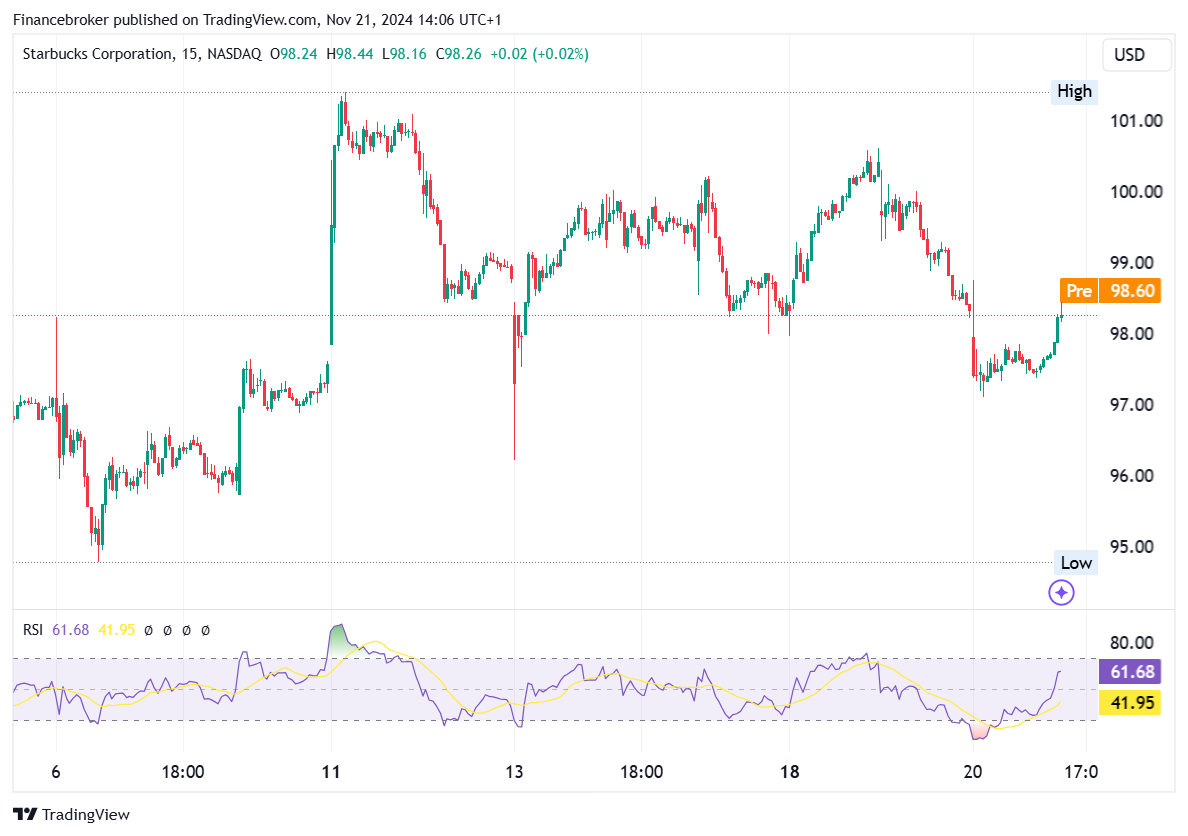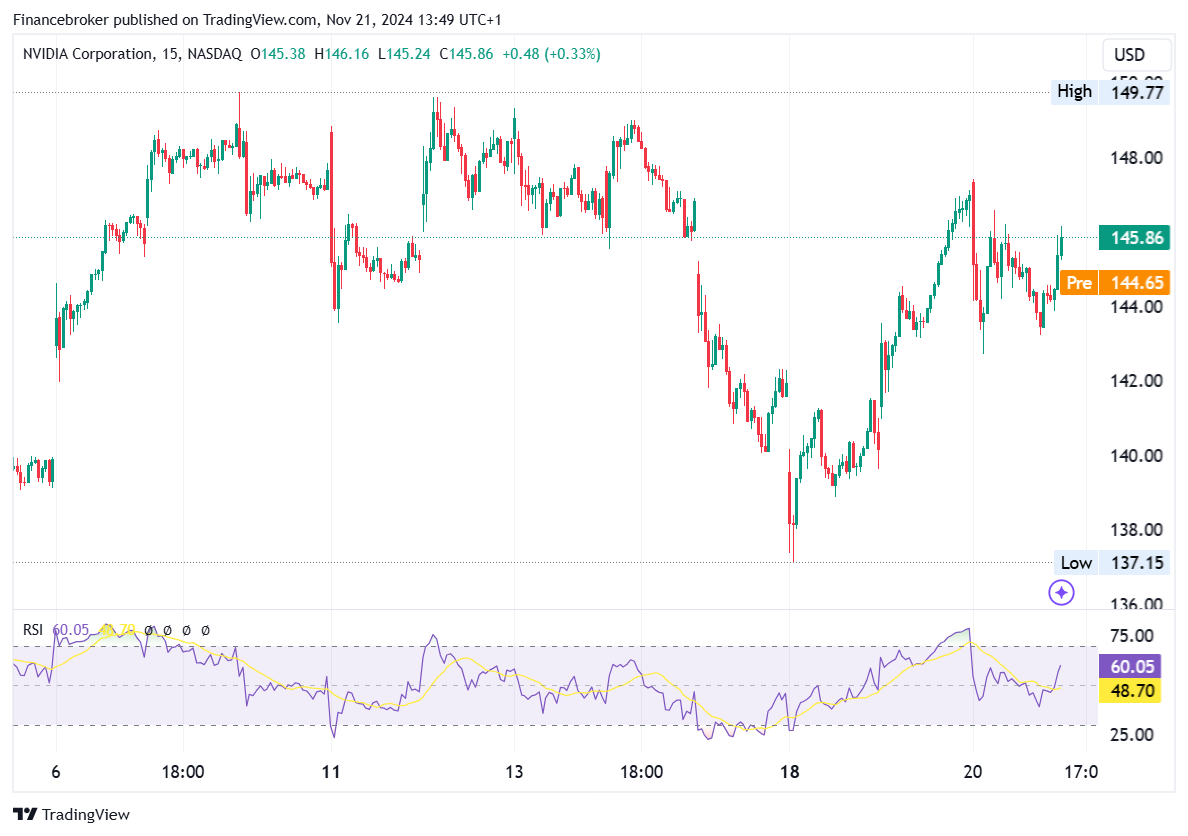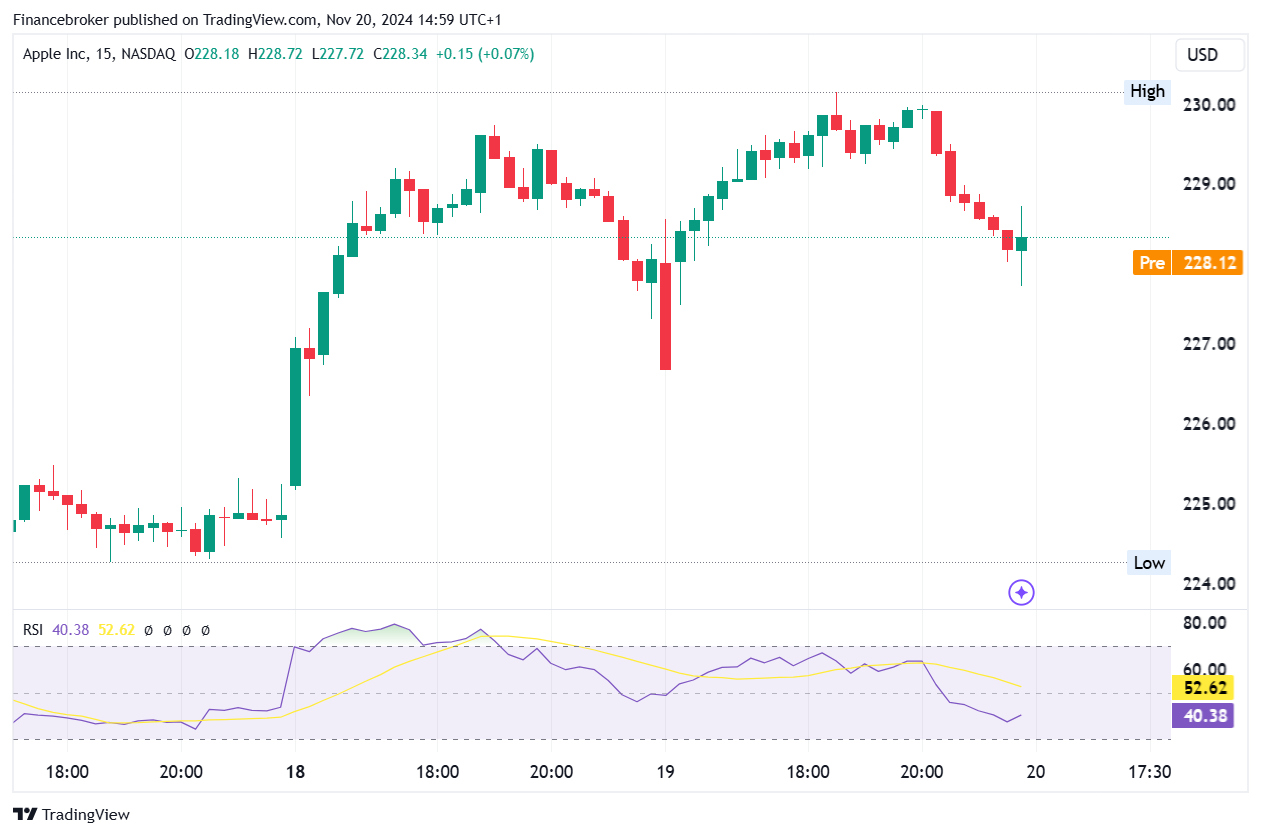
EU Black Sea Wheat Prices Drop Amid Record 10.5M Ton Harvest
Wheat from European Union nations bordering the Black Sea trades more competitively. Compared to the wheat from other regions, the Black Sea area is owing to exceptional harvests. Romania and Bulgaria, in particular, are benefiting from record-breaking crop yields, which notably impact global wheat prices. This shift has occurred from these countries more attractive globally, undercutting competitors from France and Russia.
Romanian Wheat Prices Fall as 10.5M Ton Harvest Boosts Supply
The wheat market has seen significant shifts in the latest trading sessions. Romanian and Bulgarian wheat traded at lower prices than France and Russia. Romania‘s remarkable crop yield of 10.5 million tons for the 2024-2025 season has been a key factor in driving these prices down. This bumper harvest has positioned Romania as a dominant player in the market. Recent purchasing decisions by major buyers are clear evidence of such a dynamic.
Several key events have influenced the current market dynamics. In Russia, crop forecasts have been adjusted downwards by over 10% due to frost damage, significantly impacting their production outlook. In contrast, French farmers have struggled with excessive rainfall, adversely affecting their wheat production. These challenging weather conditions in Russia and France have made Romanian and Bulgarian wheat attractive to buyers. Egypt’s General Authority for Supply Commodities secures wheat from these countries in two separate tenders held in June.
Frost and Rain Lower Wheat Output in Russia and France
Additionally, the agricultural consultancy Strategie Grains has reduced its 2024/25 EU soft wheat harvest estimate by 1.7 million tons. Therefore bringing the forecast down to 121.8 million tons—a four-year low. This reduction highlights the broader challenges facing the European wheat market, as adverse weather conditions and other factors have significantly decreased expected yields.
The EU’s soft harvest forecast for 2024/25 is now 3.6% lower than the previous year’s output, marking the smallest harvest since the 2020/21 season. France is expected to see the largest decline in production, with heavy rains reducing soft wheat sowing by more than 7%. Germany, Poland, and Hungary are also anticipating reductions in their wheat production, compounding the challenges faced by European farmers this year.
EU Barley, Corn Harvest Forecasts Reduced in June Estimates
In addition to wheat, the EU’s barley harvest forecast has seen a cut to 52.2 million tons from 53.0 million tons last month. Besides, the corn harvest forecast has fallen to 62.6 million tons from 63.3 million tons. Spain shows promising initial yield results in the south. However, a decline might occur in the north. Romania’s yield results have been mixed, averaging out in Slovenia and Croatia, but have been disappointing in northern Italy, further complicating the agricultural outlook for the region.
On the brighter side, the USDA’s Foreign Agricultural Service has predicted an increase in Bulgaria’s production to 6.9 million tons despite a 4% reduction in the area planted. However, the overall EU wheat stocks are expected to reach a precariously low level in 2024/25 due to the reduced harvests and a potential decrease in Black Sea supplies. These developments underscore the complex interplay between weather conditions, crop forecasts, and market dynamics, collectively influencing global commodity prices.
The post EU Black Sea Wheat Prices Drop Amid Record 10.5M Ton Harvest appeared first on FinanceBrokerage.



